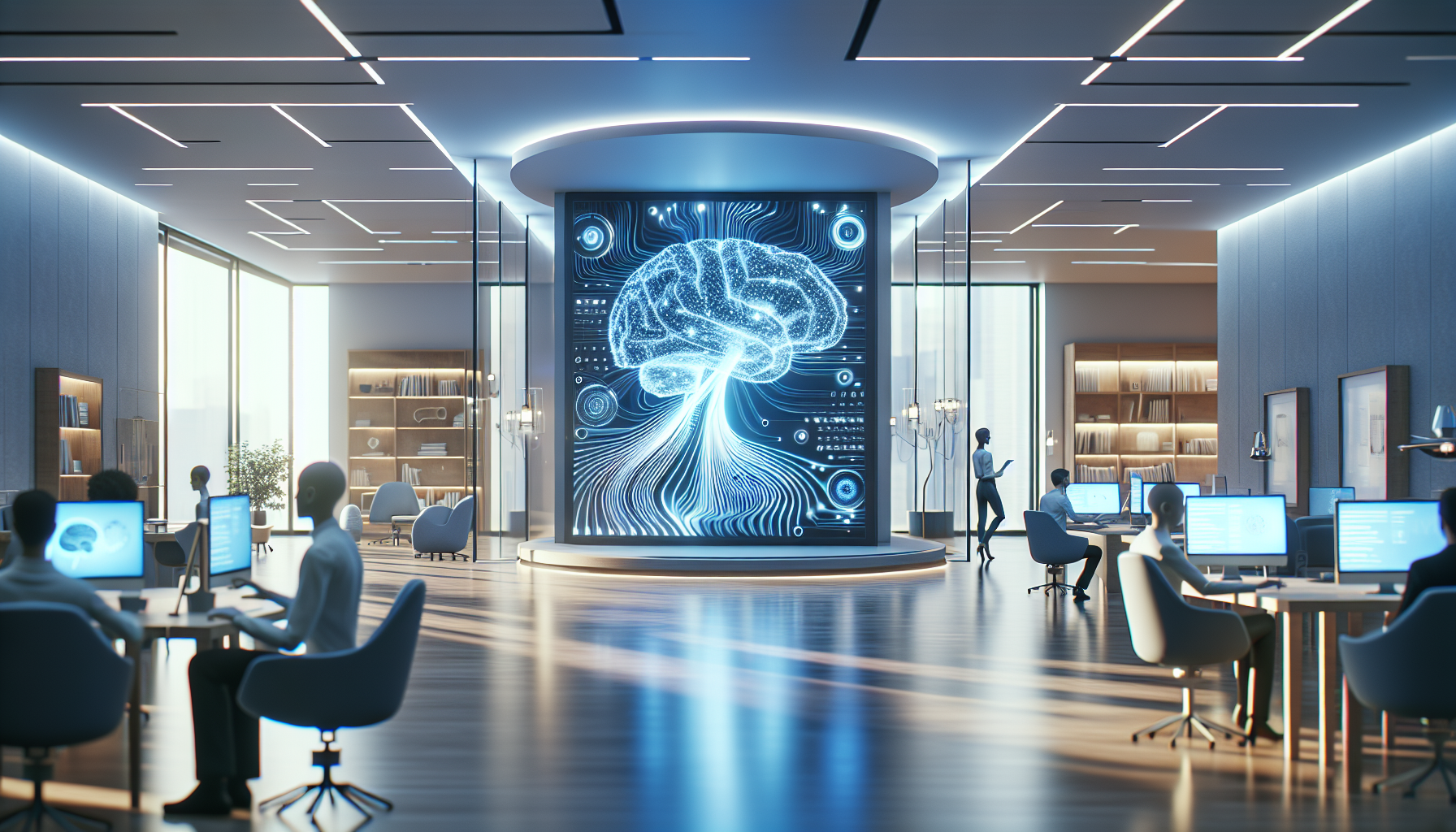
Harnessing AI to Revolutionize Accessibility: Future Predictions for People with Disabilities
March 29, 2025
Artificial Intelligence (AI) is poised to transform accessibility for individuals with disabilities, promising a future where technology becomes an empowering ally rather than a mere tool. The potential applications of AI in this domain are vast, ranging from enhancing communication and mobility to providing personalized learning experiences. As we delve into future predictions, it becomes clear that AI's role in accessibility will not only improve quality of life for many but also redefine societal norms around inclusion and independence.
One of the most promising areas of AI application is in augmentative and alternative communication (AAC) technologies. These tools, which assist individuals with speech or language impairments, are expected to undergo significant advancements. AI-driven speech recognition and natural language processing can create more intuitive and responsive communication devices, capable of understanding nuanced speech patterns and intent. This technology could, for example, enable a device to infer context or predict phrases, thus streamlining the communication process for users.
AI's ability to process and analyze vast amounts of data is another factor that will drive accessibility innovation. Machine learning algorithms can be trained to recognize patterns and adapt to individual needs, allowing for the creation of highly personalized assistive technologies. For instance, AI-powered wheelchairs could learn and adapt to the specific navigation preferences and routes of their users, significantly enhancing mobility and autonomy.
In the realm of education, AI has the potential to craft individualized learning experiences that cater to diverse needs. For students with disabilities, this means access to tailored educational material that can be adjusted in real-time to match their learning pace and style. AI systems could monitor progress and provide adaptive feedback, ensuring that each student receives the support they need to succeed. This personalized approach not only fosters inclusivity but also encourages the development of unique strengths and potentials.
Moreover, AI's role in enhancing sensory experiences is noteworthy. For individuals with visual impairments, AI-driven image recognition and computer vision technologies could provide real-time descriptions of surroundings, making navigation and interaction with the environment more intuitive. Similarly, for those with hearing impairments, AI could enhance speech-to-text accuracy, allowing for seamless communication in various settings, from classrooms to public transportation.
The integration of AI into smart home technologies is another avenue with significant implications for accessibility. These systems can be designed to learn from user behavior, optimizing daily routines and providing automated assistance. For example, AI could control lighting, temperature, and appliances through voice commands or even gestures, offering a level of independence that was previously unattainable. Additionally, AI can enhance safety features, such as fall detection and emergency alerts, which are crucial for individuals living independently.
However, the expansion of AI in accessibility is not without challenges. Ethical considerations, such as data privacy and algorithmic bias, must be addressed to ensure that these technologies truly serve their intended purpose. It is essential to involve individuals with disabilities in the design and development process, ensuring that their voices and experiences shape the evolution of AI technologies.
As we anticipate these advancements, a question arises: How will society balance the rapid pace of technological innovation with the need for ethical oversight and inclusivity? The future of AI in accessibility holds immense promise, but realizing this potential requires a collaborative effort among technologists, policymakers, and the disability community. By fostering an inclusive dialogue and prioritizing ethical considerations, we can harness AI's power to create a world where accessibility is not an afterthought but a fundamental design principle.
In contemplating the future of AI and accessibility, we stand on the cusp of a transformative era. The path forward is ripe with possibilities, each innovation bringing us closer to a society where barriers are dismantled, and all individuals are empowered to participate fully. What will the next chapter of this technological journey reveal, and how will we, as a global community, rise to meet its challenges and opportunities?


